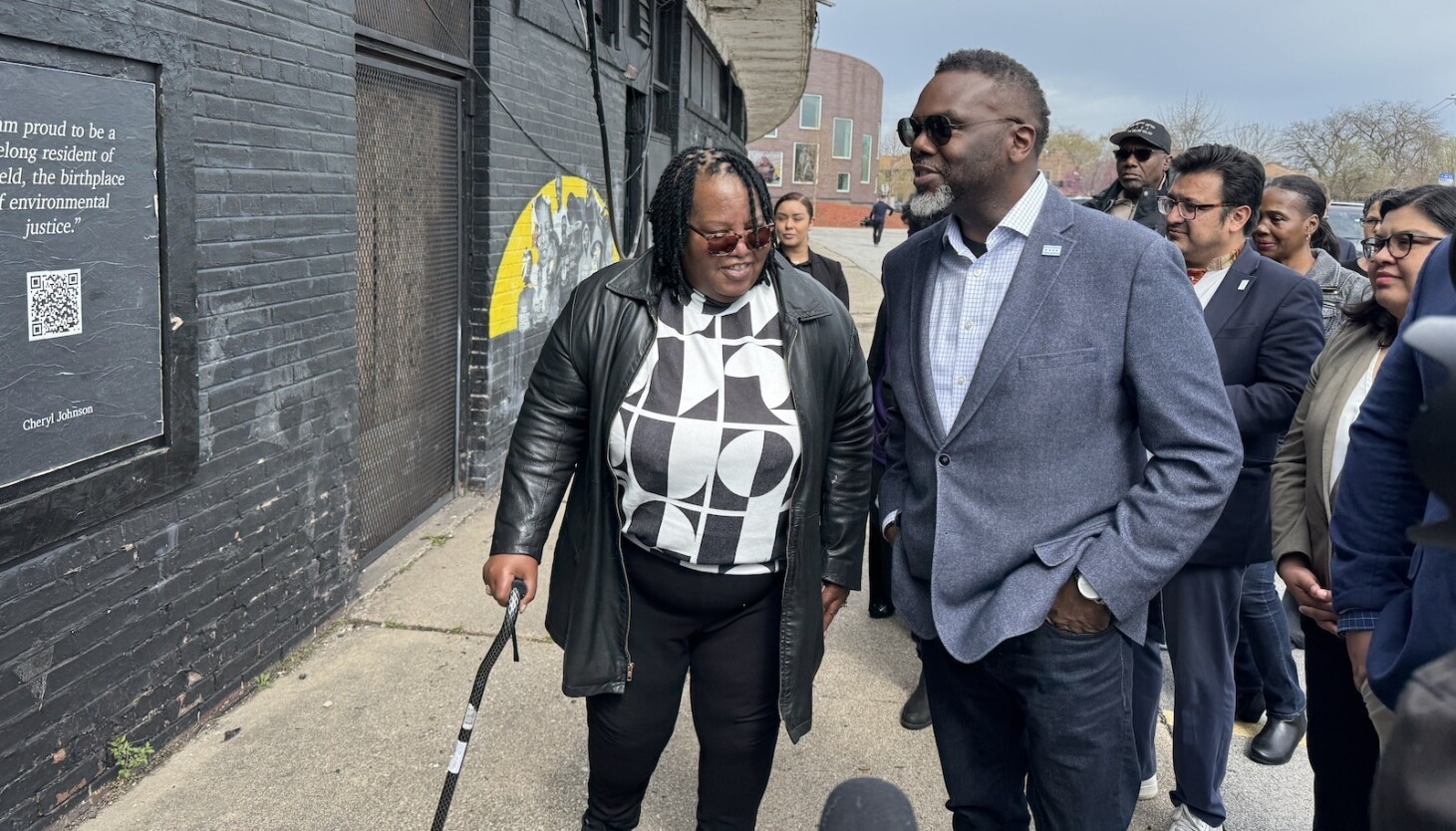Green Rollback: Trump's Rapid-Fire Assault on Environmental Safeguards

Under the Trump administration, environmental protections for vulnerable communities faced unprecedented challenges, with critical pollution safeguards effectively dismantled and labeled as "illegal." The administration's approach systematically undermined long-standing environmental justice efforts, leaving marginalized communities increasingly exposed to harmful environmental risks.
Policies designed to shield low-income neighborhoods and communities of color from disproportionate pollution impacts were aggressively rolled back, signaling a stark departure from previous environmental protection strategies. This approach not only threatened public health but also highlighted the administration's disregard for the most environmentally vulnerable populations.
The sweeping policy changes represented more than mere regulatory adjustments; they demonstrated a fundamental shift in how environmental protection was conceptualized, with potentially long-lasting consequences for environmental equity and community well-being.
